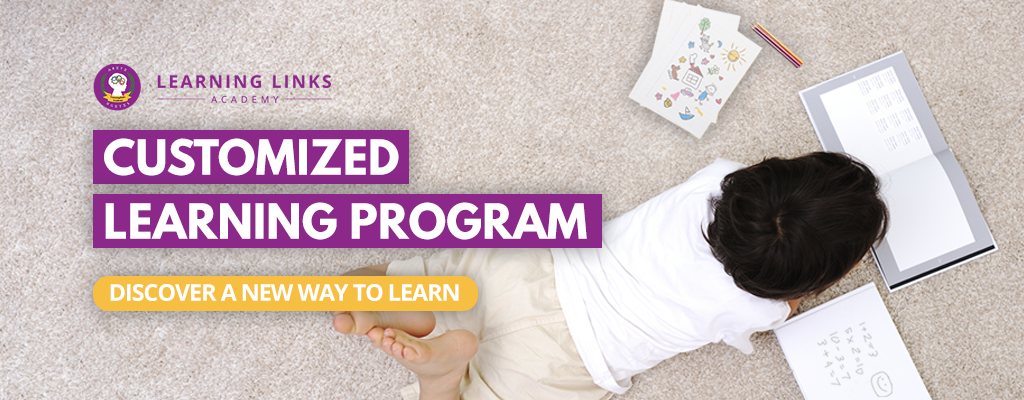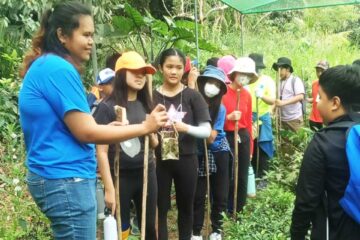Throughout the years, professionals have embraced technology to enhance various methods of teaching and bring out the best potential in students. Today, learning can be in the form of computer programs or mobile apps which students can engage in depending on their interests and capacities. Somewhat close to how children can now choose which activities and topics they can immerse in and learn about online, customized or personalized learning also utilizes available data and resources to come up with customized modules and manners of instruction that nurture a child’s intelligence with utmost results.
Since time immemorial, students were educated in the classroom with traditional forms of teaching intended for a collective rather than per individual. The process is considered very linear in how teachers give out information and instructions to students within a given timeframe prior to undergoing tests that will measure their knowledge of the subjects discussed previously. It was only during the presidency of Charles William Elliot at Harvard when the university established a design for higher education that introduced more courses to students so they can handpick subjects that pique their interests. From then on, the instruction paradigm has shifted and the pursuit to discover newer methods of teaching had begun.
To know how customized learning has progressed throughout the years and what advantages it has over traditional methods, let’s review the following facts in terms of the following factors:
Focus.

Students under customized learning rely on a personalized learning plan– the design of which is based on a student’s interests, needs, and aptitude. The curriculum aims to develop the student’s specific intelligences through more self-engaging activities and approaches so that progress can be conveniently documented. This means that more focus is given to the student when customized learning is applied as opposed to assigning subjects within a curriculum as the nuclei of teaching in traditional learning.
Such a generic method of teaching does not really specify the needs per student nor cater to his preferences and interests unlike in personalized teaching. The most obvious difference between customized and traditional learning in terms of focus is that the latter expects students to adjust to its methods while customized learning prioritizes pace and ability to take in knowledge.
Tools.
Most customized learning plans utilize technological tools that can deliver a student’s data that helps teachers develop more effective methods. In fact, 94% of students under customized learning show better progress and output with the use of educational technology.
Educators also acknowledge the contribution of such data-reviewing systems as it lessens their workload and helps in teaching students more efficiently. In traditional schools, school management systems are mostly confined to streamlining administrative processes and assistance extended to students, teachers, administrators, and parents. This progress in traditional institutions is definitely most welcome for the convenience they offer but does not really contribute to the student’s learning process.
Customized learning’s use of technology is mainly intended to draw out student potential with convenience being a secondary advantage.
Assessment.

Customized learning makes use of formative assessment tools that work both ways for teachers and students. Based on the assessment tool’s findings, teachers can monitor a student’s progress and apply improvements to their own teaching methods, while students can also review the same to improve how they can learn.
According to a report made by www.dreambox.com, 66% of students under customized learning acknowledge their success through the achievement of personal learning goals. Through ongoing assessments, teachers are allowed more flexibility in adjusting their teaching methods and making them more diverse than in traditional schools where knowledge is simply gauged over time through examinations then compared to a standard set of levels, and grading systems can deter students if they don’t get the grades they aim for despite their hard work.
Influence.
What’s more advantageous when applying customized learning is how it allows students to voice out their needs and interests as factors that will influence their learning. This makes students active participants in the learning process in how they contribute to topics and mode of instructions which teachers further develop. By this, a more dynamic form of education is presented to students as opposed to traditional teaching’s rather passive nature where teachers are the sole influencers who convey knowledge.
Using a standard curriculum in traditional teaching which is applied to a class of students may also limit the transference of knowledge as they might not appeal to the interest of all class members. Students under customized learning pave the way to their educational paths through the cultivation of their passions, interests, and strengths and they play a big role in how they learn their subject matters.

Engagement.
With the integration of problem-based education and practical problem-solving, customized learning also fosters collaboration between teachers and students. Personalizing projects that help unleash the intelligence potentials of a student makes for more engaging learning and development.
Traditional learning sometimes tends to delineate the roles of teacher and students by assigning the former as the lone source of information based on a standard curriculum. This can limit student engagement as they can be forced to learn things which are uninteresting to them.
Another factor which can affect a student’s engagement in traditional learning methods is the fear of lagging behind their peers which is eliminated in customized learning. By guiding students to learn at their own pace, identifying personal learning gaps, and being attentive to the child’s perspectives, students can almost always find engaging ways to take in knowledge and hone their skills without the pressure of time and a standard grading scale.
Progress.
Traditional learning sets up a standard curriculum for students which will be taught in classes by teachers and then measured via examinations. The only problem with this is that not all students can always keep up with the rest of their classmates and this poses a debatable issue on competency-measured learning.
Should a student’s intelligence be considered superior or inferior based on the rate of progress he achieves within a given timeline?
Customized learning does away with the thesis of competency-measured learning by letting students choose which learning topics they can focus on and work with. This molds their mastery on specific aspects and skills that mostly utilize their dominant intelligences while shaping the non-dominant ones as complementing factors for better decision-making.
References:
- https://www.educatorstechnology.com/2015/01/personalized-learning-vs-traditional.html
- https://handbook.fas.harvard.edu/book/brief-history-harvard-college
- https://ebrary.net/1623/education/reviewing_traditional_teaching_methods
- https://www.stthomasschool.org/about/sts-blogs/blog-details/~post/extending-personalized-learning-beyond-the-classroom-20161207
- https://www.stthomasschool.org/hallmarks/personalized-learning
Learning Links promotes meaningful education and personal growth to help find what students really want for their careers and lives!
Click on the button below to find out how we make great education possible.



